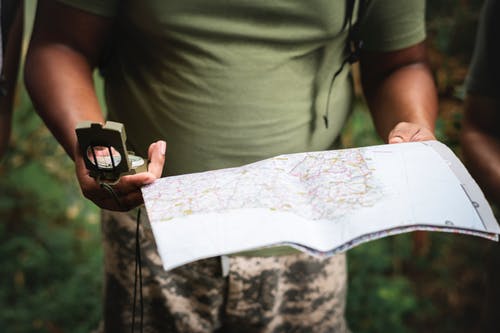Madagascar Travel Guide
Madagascar is the world’s fourth largest island. Despite being very unique, it is not yet a very popular tourist destination. The population has a mix of Afro-Asian culture that you can’t find anywhere else. The island also has unique selection of flora and fauna, due to its relative isolation with the mainland Africa. The capital of Madagascar is Antananarivo and island country has generally sunny climate, due to the relative proximity with the equator. Watch for possible cyclones and strong winds around January and February. The currency of Madagascar is Malagasy Franc. Not all restaurants and hotels accept Visa, Master and Amex cards.
The electricity in Madagascar used 220V and 50HZ with 2-pin round plugs. When visiting Madagascar, you should be aware of various risks, such malaria. Cholera and typhoid can be prevalent in some areas during rainy session. So, you need to read recent news about health conditions in places you want visit. However, like any developing countries, conditions in Madagascar are a constant progress and it’s generally a safe country. As the primary point of arrival, the capital Antananarivo will be the first place to visit. It has plenty of colourful houses and you can meet friendly locals. Inside the city you can go to the Tsimbazaza garden, Zoma market, Ambohimanga sacred village and take picture near rice paddies just outside the city. Nearby, you can go to Amalavao, which is a city with medieval European style that is still producing wine.
Ankarana Reserve is a hollow mountain with spectacular caves inside, which are probably hundreds of kilometers in length. Where caves have collapsed, you may find small patches of sunken forest. Deep pools inside these caves have eels and even crocodiles. The Nosy Be archipelago has multiple palm-fringed beaches and it’s a great holiday destination. It’s ideal for exploring small tropical jungle, diving and snorkelling.
Isalo National Park is consisted of desert-like canyons with giant cactus, towering baobabs, delicate coral reef and colourful ancestral tombs. Berenty Nature Reserve have lemurs and spiny forest. Masoala Peninsula has one of the biggest rainforests in Madagascar with beautiful tropical coral reef. Nosy Mangabe is known for its leaf-tailed gecko and lemurs. There are also nocturnal aye-aye lemur and bright orange tree frogs. Masoala has the biggest lowland rainforest, which is ideal for naturalists and hikers. It’s a great place to visit between August and December. Perinet Reserve is among the last strongholds of indri, the largest of all lemurs. It offers bewildering plant diversity and scenic hiking trail. The Ranomafana National Park has 12 species of lemurs, as well as various endemic birds. The nearby Namorona river is a great place to cool yourself down after a hike. Ampijoroa Forest Station is a top wildlife spot in the country, which is accessible year round. It has easy trails and offers abundant animals. Morondava is a coastal town located at the west of the island. It’s a vibrant place with wide beaches that are safe for swimming. Kirindy Forest is a great place to see various species of the iconic Baobab trees.


